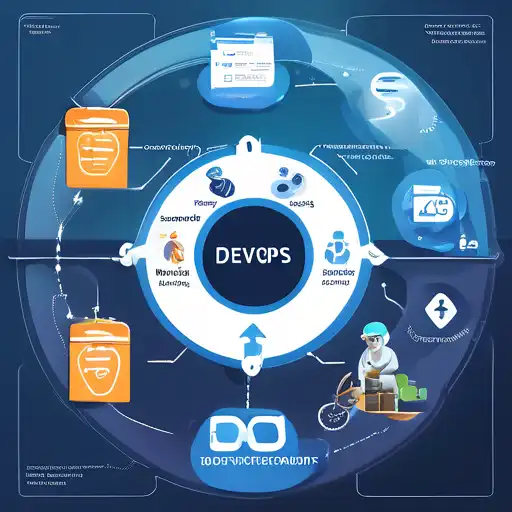Introduction to DevOps in Software Development
DevOps has revolutionized the way software is developed, deployed, and maintained. By bridging the gap between development and operations teams, DevOps practices ensure a smoother, faster, and more efficient software development lifecycle (SDLC). This article explores the pivotal role of DevOps in enhancing the SDLC, from planning to deployment and beyond.
The Core Benefits of DevOps
DevOps brings numerous benefits to the software development process, including improved collaboration, faster deployment times, and higher quality products. Here are some of the key advantages:
- Enhanced Collaboration: DevOps fosters a culture of collaboration between developers and operations teams, breaking down silos and improving communication.
- Continuous Integration and Delivery (CI/CD): Automating the integration and delivery processes ensures that software can be released at any time, with minimal manual intervention.
- Increased Efficiency: By automating repetitive tasks, teams can focus on more strategic work, leading to increased productivity and efficiency.
- Improved Quality: Continuous testing and monitoring help identify and fix issues early in the development cycle, resulting in higher quality software.
DevOps Practices That Improve the SDLC
Implementing DevOps practices can significantly improve the software development lifecycle. Here are some of the most impactful practices:
Automation
Automation is at the heart of DevOps. From code integration to deployment, automating these processes reduces errors and speeds up delivery times.
Continuous Monitoring
Continuous monitoring of applications and infrastructure helps teams detect and resolve issues in real-time, ensuring optimal performance and user experience.
Infrastructure as Code (IaC)
IaC allows teams to manage and provision infrastructure through code, making it easier to replicate environments and reduce inconsistencies.
Challenges and Solutions in Adopting DevOps
While DevOps offers many benefits, organizations may face challenges in its adoption. Common challenges include cultural resistance, lack of expertise, and toolchain complexity. Overcoming these challenges requires a clear strategy, training, and the right tools.
Conclusion
DevOps is not just a set of practices but a culture that promotes collaboration, efficiency, and continuous improvement in the software development lifecycle. By adopting DevOps, organizations can deliver high-quality software faster and more reliably, staying competitive in today's fast-paced digital world.
For more insights into optimizing your development processes, explore our articles on Continuous Integration and Agile Methodology.
